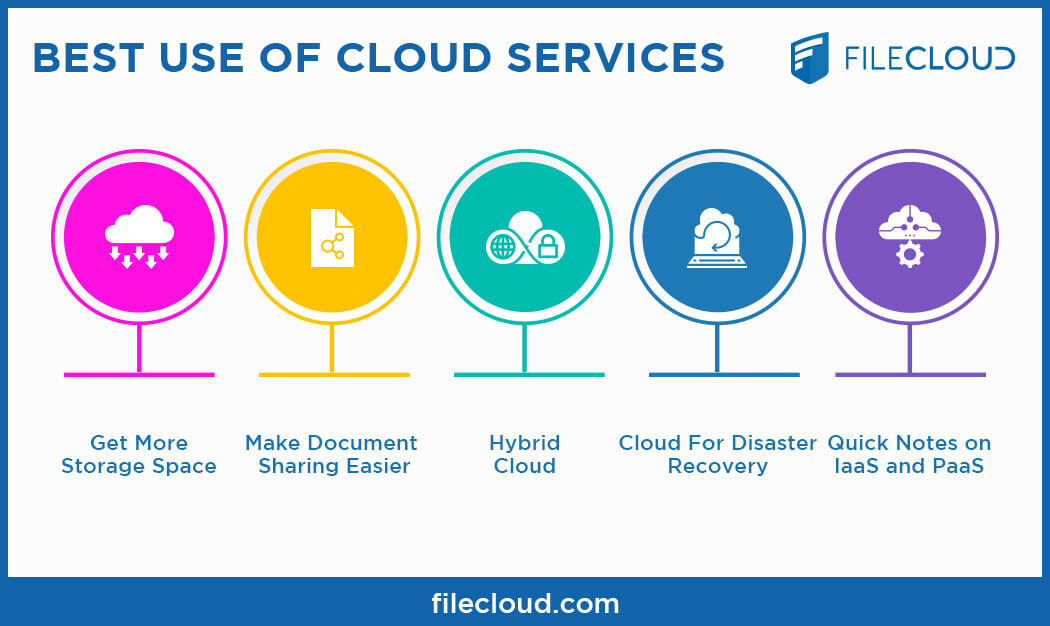LinkDaddy Cloud Services Proficiency: Advanced Strategies for Reliable Cloud Services Press Release
LinkDaddy Cloud Services Proficiency: Advanced Strategies for Reliable Cloud Services Press Release
Blog Article
Simplify Your Framework With Cloud Services
As companies navigate the ever-evolving landscape of technology and information management, the function of cloud solutions in streamlining facilities has actually become progressively popular. How can companies properly browse this transition and really unlock the potential of cloud services for simplifying their facilities?
Benefits of Cloud Provider
Cloud solutions supply a streamlined approach to handling IT framework, offering companies with adaptability, scalability, and cost-efficiency. One of the crucial advantages of cloud solutions is the scalability they supply.
Furthermore, cloud solutions eliminate the demand for businesses to buy costly software and hardware. This cost-efficiency is a significant benefit, especially for tiny to medium-sized ventures wanting to minimize ahead of time expenses. By utilizing cloud services, businesses can access top notch IT sources without the substantial price connected with standard facilities setups.
Additionally, cloud solutions supply organizations with the flexibility to access their data and applications from anywhere with a web connection. This level of ease of access improves cooperation among teams, enables remote job, and boosts overall efficiency. The flexibility used by cloud services equips services to adapt promptly to transforming market problems and client needs.
Expense Cost Savings and Scalability
In enhancement to the functional benefits highlighted previously, the assimilation of cloud services into a firm's framework generates substantial expense financial savings and boosted scalability. Cloud services use a pay-as-you-go design, permitting businesses to range resources up or down based on existing requirements, therefore avoiding the prices associated with maintaining excess capability. This flexibility enables business to adapt quickly to varying demands without sustaining unneeded costs.
Moreover, cloud solutions get rid of the need for upfront financial investments in equipment and software program, lowering capital investment. Operating budget are additionally minimized as firms no more need to handle and preserve physical web servers, causing lower energy consumption and IT staffing costs. Furthermore, cloud services provide automated updates and upkeep, making sure that the infrastructure continues to be up-to-date and secure without needing hand-operated treatments.
Improved Security Measures
Implementing stringent safety and security measures is vital when integrating cloud services into a firm's infrastructure to secure sensitive data and guarantee compliance with sector guidelines. Cloud solution providers use enhanced safety and security attributes such as data security, firewall software security, and multi-factor authentication to minimize cybersecurity dangers.
In addition, routine security audits and compliance assessments aid make certain and recognize vulnerabilities adherence Get More Info to sector criteria. Companies can likewise take advantage of attributes like automatic security updates and real-time risk monitoring given by cloud solution carriers. By prioritizing security actions and staying aggressive in addressing possible dangers, organizations can with confidence leverage cloud services while safeguarding their important data from unapproved accessibility or violations.
Transitioning to Cloud Infrastructure
To efficiently incorporate cloud solutions into a business's framework, a structured method that deals with the change towards cloud-based services is important. Transitioning to shadow framework entails cautious preparation and execution to make sure a smooth movement procedure. The initial step is to assess the present framework and establish which systems and applications appropriate for movement to the cloud. This evaluation ought to think about variables such as data sensitivity, compliance demands, and efficiency requirements.
As soon as the assessment is complete, a movement approach must be established. This strategy ought to outline the timeline, sources, and responsibilities for relocating each element to the cloud. It is necessary to interact this plan clearly to all stakeholders to ensure positioning and reduce interruptions throughout the transition.
During the migration testing, procedure and monitoring are important to identify and attend to any type of concerns immediately. Regular checkpoints ought to be developed to track progress and make essential adjustments. Furthermore, training for workers on using cloud services should be provided to guarantee a successful shift and take full advantage of the advantages of the new facilities.
Finest Practices for Cloud Fostering
Successful adoption of cloud services hinges on the critical placement of company goals with technological capacities and organizational readiness. To make certain a smooth shift to the cloud, companies must start by carrying out an extensive evaluation of their present framework and recognizing which workloads are best matched for cloud movement. It is essential to include key stakeholders from different departments in the decision-making procedure see this website to get buy-in and address any kind of concerns early on.
An additional finest technique for cloud fostering is to prioritize safety and conformity. Organizations should thoroughly review the safety measures used by cloud provider and make certain that their data is protected according to industry criteria and governing requirements. Executing robust data security, access controls, and regular protection audits can assist mitigate dangers linked with cloud fostering.

Final Thought
As organizations navigate the ever-evolving landscape of technology and data monitoring, the function of cloud services in streamlining infrastructure has come to be increasingly prominent - Cloud Services. Exactly how can companies effectively browse this transition and genuinely unlock the capacity of cloud services site link for streamlining their framework?
Cloud services provide a streamlined strategy to managing IT framework, providing businesses with flexibility, cost-efficiency, and scalability. By making use of cloud solutions, companies can access high-quality IT sources without the large rate tag linked with conventional facilities setups.
To guarantee a smooth transition to the cloud, organizations should begin by performing a detailed assessment of their existing facilities and determining which workloads are best matched for cloud migration.
Report this page